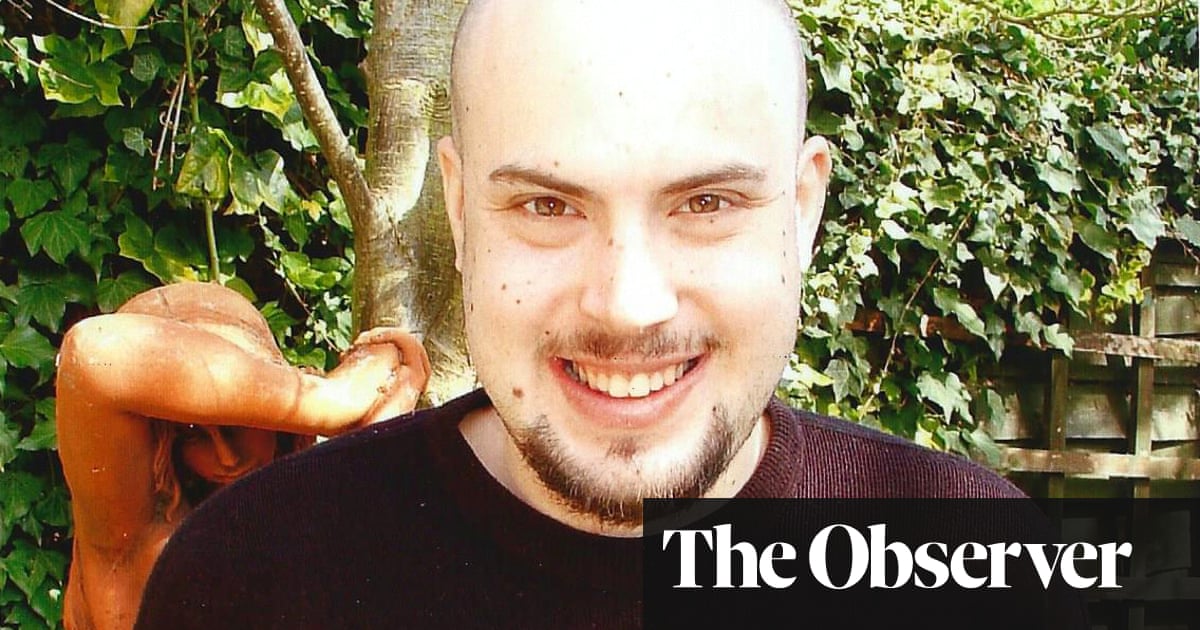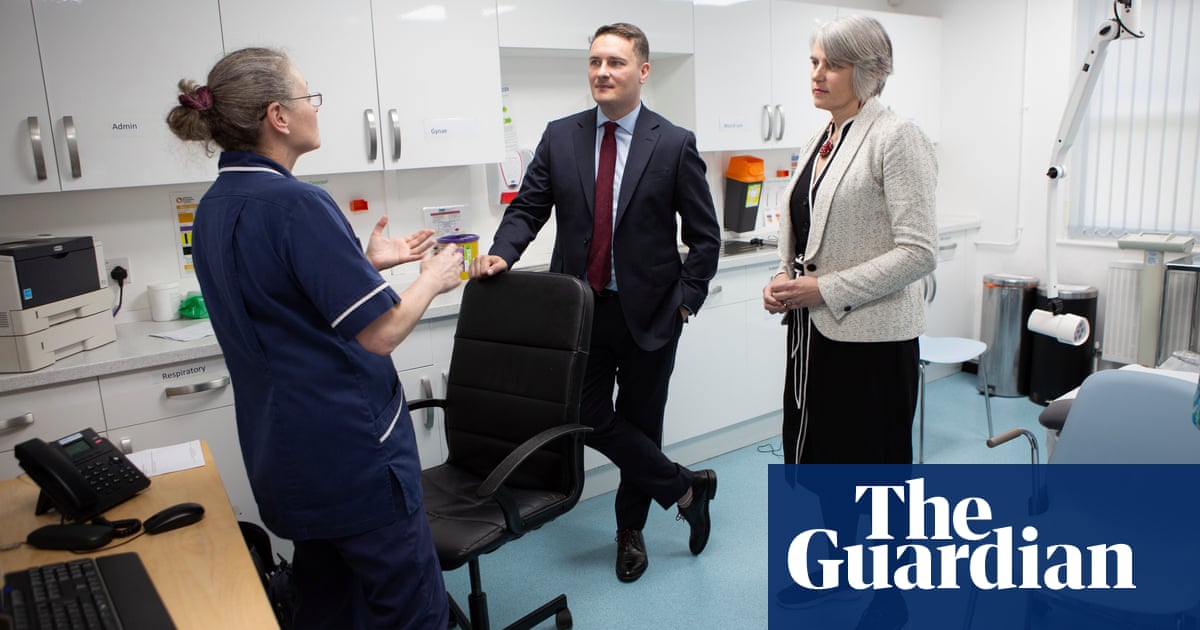
Austerity cuts to the NHS, public health and social care have killed tens of thousands more people in England than expected, according to the largest study of its kind.
Researchers who analysed the joint impact of cuts to healthcare, public health and social care since 2010 found that even in just the following four years the spending squeeze was linked with 57,550 more deaths than would have been expected. The findings, worse than previously thought, were revealed in the journal BMJ Open.
The research by the University of York also found that a slowdown in life expectancy improvement coincided with the government’s sharp cuts to health and social care funding after David Cameron came to power a decade ago.
“Restrictions on the growth in health and social care expenditure during ‘austerity’ have been associated with tens of thousands more deaths than would have been observed had pre-austerity expenditure growth been sustained,” said Prof Karl Claxton of the Centre for Health Economics at the University of York.
“Our results are consistent with the hypothesis that the slowdown in the rate of improvement in life expectancy in England and Wales since 2010 is attributable to spending constraints in the healthcare and social care sectors.”
Jonathan Ashworth, the shadow health secretary, described the findings as shocking and said they were proof that the government’s austerity drive had deepened health inequalities across the country.
“This is a devastating verdict on a decade of Tory austerity in healthcare,” he said. “The test of ‘levelling up’ will be ministers properly funding social care and public health to now tackle these inequalities.”
Separate research by Imperial College London, published in the Lancet Public Health journal, found life expectancy in many communities in England was falling even before the pandemic.
While life expectancy rose in most places during the first decade of the millennium, from 2010 in some areas it started to decline. By 2014 that deterioration had accelerated, researchers discovered, with life expectancy falling for women in almost one in five communities (18.7%), and for men in one in nine places (11.5%).
The worst-hit areas were typically in urban areas in the north. They include Blackpool, Leeds, Liverpool, Manchester and Newcastle.
Researchers have made various attempts at calculating the true impact of the austerity measures led by Cameron. But the University of York study is the first to jointly analyse the effect of the significant slowdown in NHS, public health and social care spending on death rates in England.
Researchers said real social care spending rose by 2.2% per capita of the population between 2001-02 and 2009-10, but fell by 1.57% between 2010-11 and 2014-15. The loss of social care funding caused 23,662 additional deaths, according to the findings.
Real healthcare spend per capita rose by 3.82% between 2001-02 and 2009-10, but only by 0.41% between 2010-11 and 2014-15. The cuts to healthcare spending between 2010-11 and 2014-15 led to 33,888 extra deaths, the researchers calculated.
In total, the study suggested the constraints on health and social care spending during this period of austerity have been associated with 57,550 more deaths up to 2014 than would have been expected if funding had stayed at pre-2010 levels.
David Finch, an assistant director of healthy lives at the Health Foundation thinktank, said the study showed why ministers must put now health at the “front and centre” of their levelling-up agenda.
Even before Covid, he said, there was “an extremely concerning pattern of stalling life expectancy, particularly in the poorest areas of the country”. The pandemic had “since laid bare the tragic consequences of underlying poor health”, he said.
“As we plan the pandemic recovery, there is an urgent need to ensure that we don’t repeat mistakes made during the recovery from the financial crisis. This includes tackling the backlog of NHS care and fixing social care, but also providing security for the many families that are struggling financially. Policies such as the cut to universal credit run counter to this objective,” Finch said.
“To meet the scale of this challenge, government needs to put improving health at the front and centre of all major policies, including levelling up. This will require action on everything from housing and employment to education and transport.”
Boris Johnson last month pledged a £12bn-a-year cash injection to help the NHS catch up after the pandemic and to overhaul social care. Household budgets will take a hit from next April when employees’ national insurance contributions will rise by 1.25% to pay for the funding boost.
The Department of Health and Social Care has been approached for comment.












